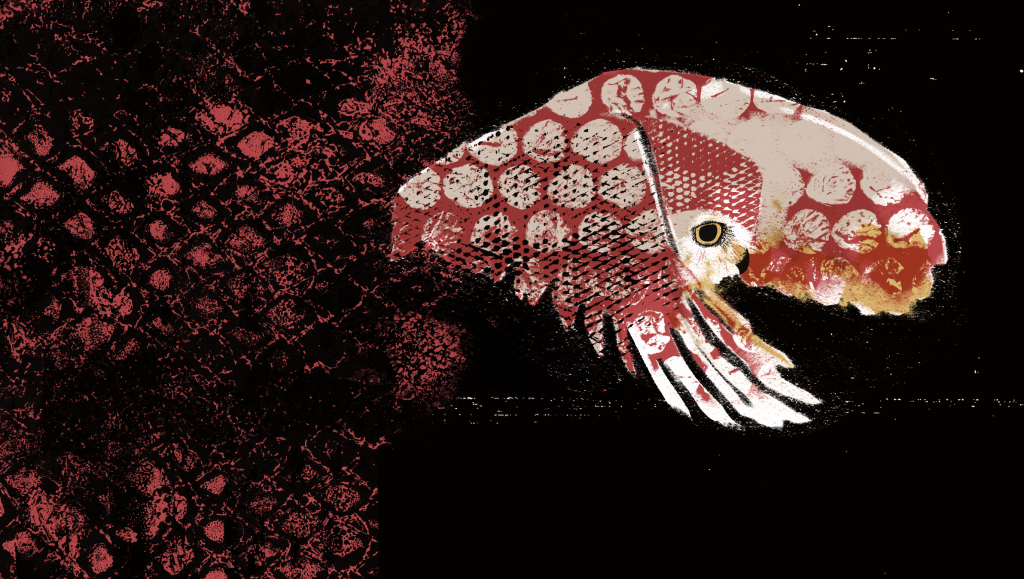Despite conservation efforts, the remaining dry deciduous forests in the Menabe region of western Madagascar are severely threatened by deforestation. I examined local concepts of landscapes in the village of Andranomena in the Menabe region in order to explore the underlying conditions and exacerbating factors causing deforestation and unsustainable land use. I investigated how the landscape is defined by the people who live in it, and how land use and economics are tied up in their concepts of land. The traditional and modern concepts of the same physical landscape contrast so starkly that the local people and those with the task of promoting conservation are functioning as though in two different realities. This disjunction has serious ramifications for conservation. Diverse local groups with different ideas about the landscape, and modern influences that run counter to conservation, further complicate the picture of deforestation.
In Andranomena, the following categories of land were used in everyday speech: tana (town or village), tanimbary (rice field), baibo (lowland garden), ala (forest), hatsake (slash-and-burn or swidden cultivation), and monka (fallow/spent land). Each of these categories carries fixed assumptions about different modes of land use, ownership, and economic participation. The traditional uses associated with these categories highlight important aspects of local Sakalava culture, and economic and social structures of rural Menabe. For instance, villages are made up of ‘natives’ – descendants of the person who first settled the land (the ‘master’ or ‘owner’ of the land), and ‘strangers.’ Natives and strangers are not on equal economic footing, as natives retain control over the most productive lands in the village. Rules for use of other lands limit strangers’ ability to make long-term investments.
This distinction shows how certain groups within a community have more economic pressure on them to participate in deforestation, and less cultural pressure to protect the forests. This situation, combined with the high value the Sakalava place on humility and community cohesion, also helps explain why the conservation strategy of investing money generated from tourism in the local community may be ineffective.
The custom of the landholder granting permissions for use, rather than buying and selling land, reinforces the power and responsibility natives hold. Forest and former forest land, understood as public resources, are an important source of basic subsistence needs for all, especially the most economically disadvantaged. Modern attempts to limit or control land use conflict with this outlook and with the traditional power structure. By taking, delineating, buying, or selling land that they have never worked, colonists and Malagasy government agencies alike have incurred resentment among those who follow the ‘first-come, first-served’ and permission-based system. Charging an entrance fee for a protected area disenfranchises the natives by placing the authority with outsiders who have cash, not those who know the land and are entrusted with upholding tradition.
To be effective, conservation must take into consideration the complexities of local culture and economics. Understanding traditional ways of seeing the landscape is one important component of this effort, and can help explain discrepancies between policy and practice.
Originally published as:
Sandy, C. 2006. Real and Imagined Landscapes: Land Use and Conservation in the Menabe. Conservation and Society 4(2): 304–324.
Clare Sandy is an environmental compliance specialist with NewFields at Yosemite National Park, California, USA (csandy@alumni.brown.edu).
donate
Conservation is for everyone, and we help you understand it.
Donate




